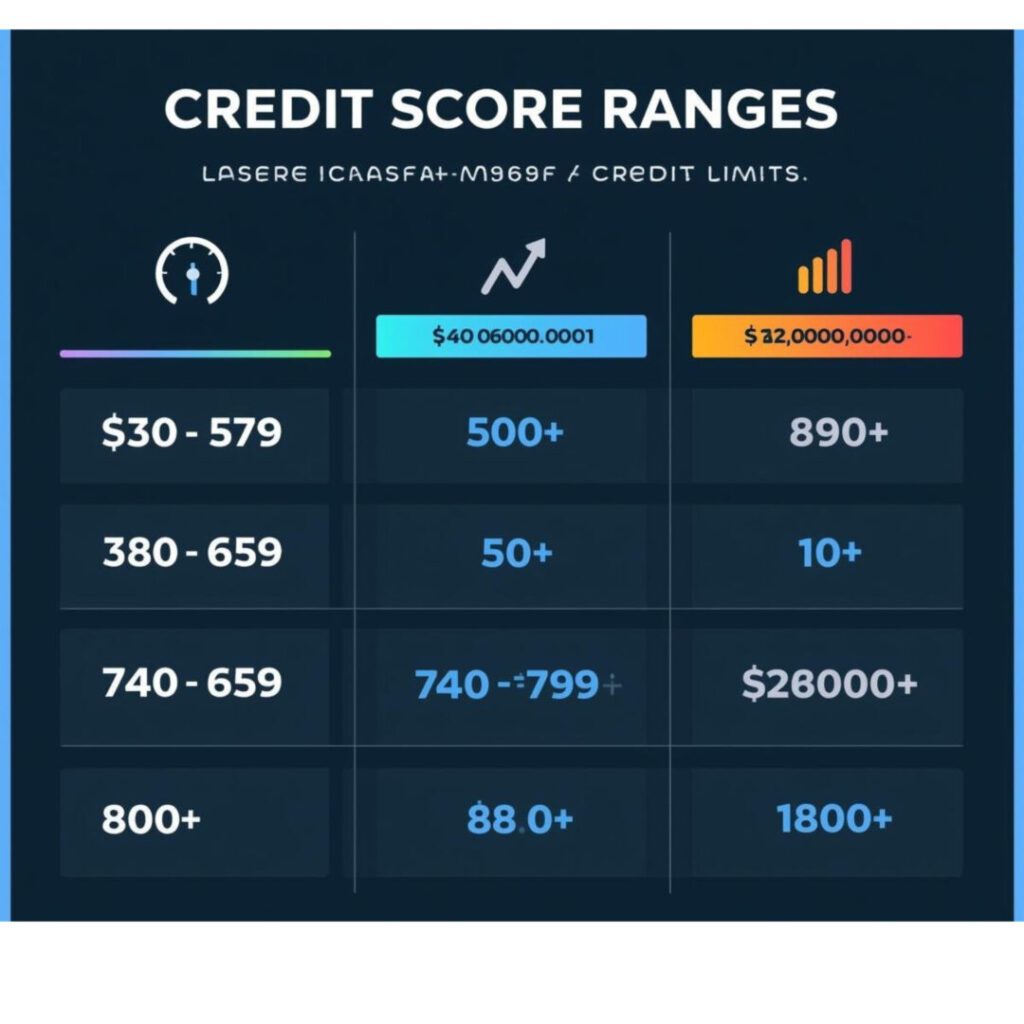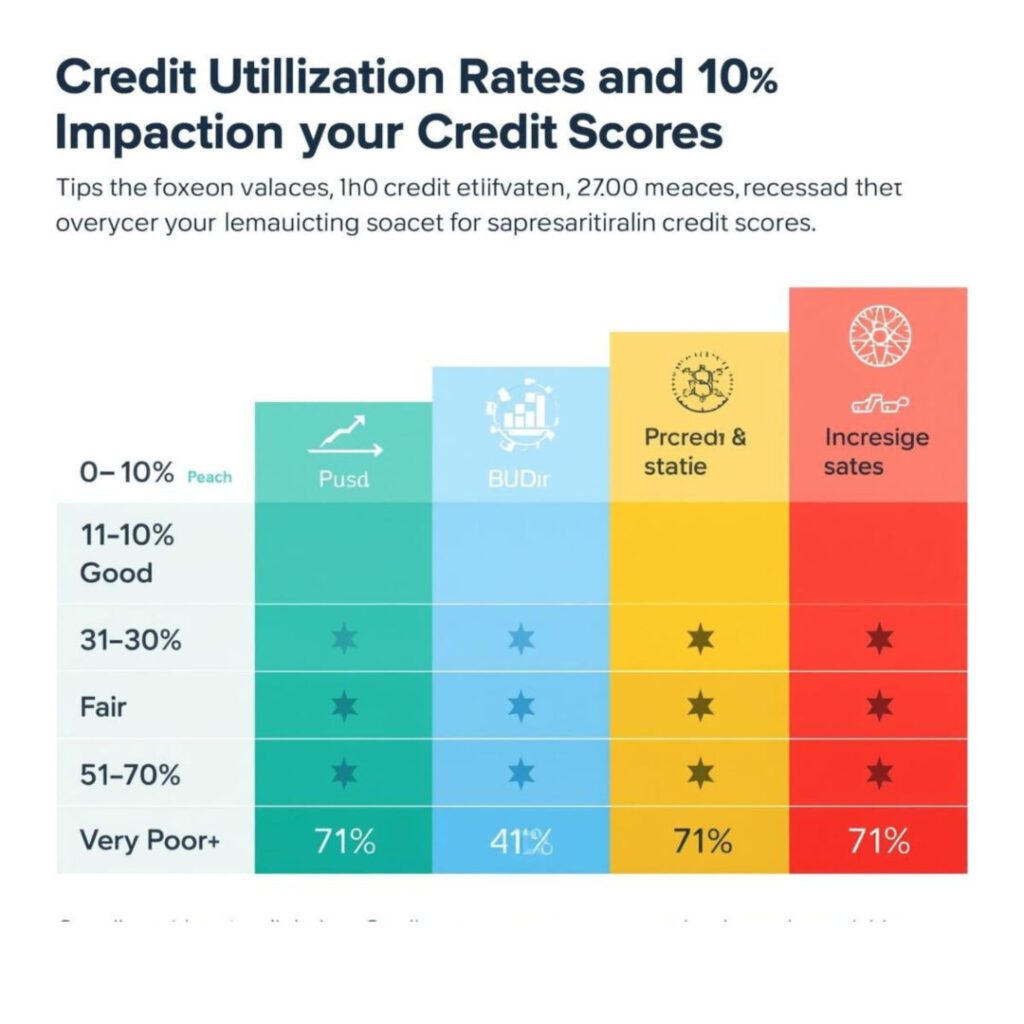When people talk about credit cards, one of the most common questions is: “How much is the average credit card limit?” The answer isn’t as simple as one number, because limits vary widely depending on income, credit history, age, and even the type of card. But understanding how credit card limits work, and what’s considered “average,” can help you make smarter financial decisions.

What Is a Credit Card Limit?
A credit card limit is the maximum amount of money a cardholder can borrow on a revolving basis. Think of it like a ceiling — you can spend, repay, and spend again, but you can never cross that ceiling. For example:
- If your limit is $5,000, you can spend up to that amount.
- If you repay $2,000, you free up that space again.
- If you overspend, the bank may decline your transaction or charge fees.
Factors That Influence Limits
There isn’t a universal “average” that applies to everyone. Instead, credit card companies calculate your limit based on several factors:
- Credit Score – Higher scores often lead to higher limits.
- Income – A person making $100,000 per year will usually qualify for more credit than someone making $30,000.
- Debt-to-Income Ratio – Lenders look at how much debt you already have compared to your income.
- Credit History – Someone with 10 years of on-time payments typically has a higher limit than a brand-new borrower.
- Type of Card – Rewards cards, premium cards, and business cards often come with higher limits than basic student or secured cards.
Typical Ranges of Credit Card Limits
Instead of a single number, it’s more helpful to think in ranges:
| Type of Cardholder | Likely Credit Limit Range |
|---|---|
| Student / New to Credit | $500 – $2,000 |
| Average Adult Borrower | $3,000 – $10,000 |
| High-Income / Good Credit | $10,000 – $30,000 |
| Premium / Elite Cards | $30,000+ (sometimes no preset limit) |
Why Limits Matter
Your credit card limit isn’t just about spending power. It also affects your credit utilization ratio, which is one of the biggest factors in your credit score.
For example:
- If your limit is $5,000 and you carry a $2,500 balance, you’re using 50% of your available credit.
- Most experts suggest keeping utilization below 30%.
- That means the higher your limit, the easier it is to maintain a low utilization rate — even if your spending doesn’t change.
Increasing Your Limit
If your current limit feels too low, you can often request an increase after showing good habits. Ways to improve your chances include:
- Paying bills on time every month.
- Keeping balances low.
- Reporting income increases to your issuer.
- Having at least 6–12 months of consistent account history.
Sometimes issuers automatically raise your limit if you demonstrate responsible use.
The Balance Between Limit and Discipline
A higher limit gives you more flexibility, but it also comes with more responsibility. Having a $20,000 limit doesn’t mean you should treat it as extra income. The best way to handle a credit card limit is to:
- Use it for convenience and rewards.
- Keep balances low to avoid debt.
- Pay in full each month to avoid interest.
The “average” credit card limit depends heavily on the individual. For many people, it falls somewhere between $3,000 and $10,000. But what really matters is not how much credit you have available, but how wisely you use it. A higher limit can improve your credit score and provide financial flexibility, but only if managed with discipline.
In the end, the true measure of financial health isn’t your credit limit — it’s your ability to stay in control of your spending.
The Psychology of Credit Limits
A credit card limit doesn’t just live on paper — it lives in your mind. For many people, the number on their statement influences how they spend.
- High limits can feel like wealth. If you see a $20,000 limit, you might subconsciously feel richer than you really are. This can trigger overspending.
- Low limits can feel restrictive. A $500 limit might seem too tight, but it can actually protect beginners from falling into deep debt.
- Middle limits feel safe. That $5,000 to $10,000 zone is where most people land, giving room for daily purchases but not unlimited spending.
Your perception of your limit matters almost as much as the number itself.
Average Credit Card Limits by Life Stage
Let’s break it down across different stages of life:
| Life Stage | Typical Limit Range | Notes |
|---|---|---|
| Students (18–22) | $500 – $2,000 | Often secured or starter cards. |
| Young Adults (23–30) | $2,000 – $7,000 | Growing income and credit history. |
| Mid-Career Adults (30–50) | $5,000 – $20,000 | Higher income, better credit history, possibly multiple cards. |
| Established Adults (50+) | $10,000 – $30,000+ | Strong credit history, premium cards, larger spending needs. |
| Business Owners | $20,000 – $100,000+ | Corporate and business cards with higher limits or flexible spending. |
This shows that the “average” isn’t static — it evolves with your financial journey.
How Credit Card Issuers Decide Your Limit
Behind the scenes, credit card companies use algorithms to assign your credit limit. Some key factors they weigh heavily include:
- Credit Score: A snapshot of your reliability.
- Payment History: Have you missed payments?
- Credit Utilization: How much of your available credit do you already use?
- Total Debt Load: Mortgage, car loans, student loans all count.
- Income and Employment: Stability matters.
- Card Type: Rewards cards vs. basic cards have different thresholds.
Sometimes, they even factor in your relationship with the bank. Long-term customers may get higher limits than brand-new applicants.
The Risk of Too Much Credit
While having a high limit feels empowering, it can carry risks:
- Temptation to overspend.
- Bigger debt traps. A $30,000 limit can mean $30,000 of debt if things go wrong.
- Impact on loans. Mortgage lenders may view large unused credit as a potential liability.
So while more credit can improve your utilization ratio, it must be balanced with discipline.
Graph: Average Credit Limits by Credit Score
Here’s a simple bar graph illustration of how limits typically scale with credit scores:

If you imagine this as a bar chart, it’s an upward slope: the higher your score, the higher your limit tends to be.
Should You Chase Higher Limits?
The answer depends on your goals:
- If you want better credit scores: Yes, a higher limit can help lower utilization.
- If you struggle with overspending: No, stick to a lower limit.
- If you want rewards and perks: Premium cards often require higher limits, but only apply if you can manage them responsibly.
The secret isn’t the limit itself — it’s how you use it.
Real-Life Scenarios: How Credit Limits Play Out
1. The College Student
- Limit: $1,000
- Reality: They mostly use the card for books, food, and small expenses.
- Challenge: One unexpected medical bill maxes out the card.
- Lesson: Low limits protect against deep debt but don’t leave much room for emergencies.
2. The Young Professional
- Limit: $5,000
- Reality: They use the card for rent payments, groceries, and travel.
- Challenge: A work trip racks up $3,000 in expenses, pushing utilization above 50%.
- Lesson: The card has enough flexibility, but without discipline, the high balance can hurt credit scores.
3. The Established Family
- Limit: $20,000 across multiple cards
- Reality: Used for vacations, large purchases, and monthly bills.
- Challenge: If both parents lose income temporarily, balances can balloon.
- Lesson: Higher limits give breathing room, but the stakes are bigger when things go wrong.
4. The Small Business Owner
- Limit: $50,000 business card
- Reality: Purchases inventory on credit, then pays off when customers pay.
- Challenge: If payments are delayed, interest charges pile up fast.
- Lesson: Business limits are powerful tools but require cash-flow discipline.
Strategies to Responsibly Grow Your Limit
- Request an Increase Proactively
Many banks allow you to request a limit increase online. Do this after 6–12 months of responsible use. - Accept Automatic Increases
Some issuers periodically raise limits if you use your card responsibly. - Report Income Updates
If your salary rises, update your account. Higher income usually equals higher limits. - Open a New Card
Having multiple cards spreads your credit utilization across accounts. - Avoid Maxing Out Cards
Keep balances low, ideally below 30% of your limit. This signals to lenders that you manage credit wisely.
Different Consumer Profiles and Their Credit Limits
| Consumer Profile | Typical Limit Range | Spending Behavior | Risk Level |
|---|---|---|---|
| The Beginner | $500 – $2,000 | Small, everyday use | Low (small debts) |
| The Responsible Saver | $3,000 – $10,000 | Pays in full monthly | Very low |
| The Big Spender | $10,000 – $30,000 | Heavy use, earns rewards | Medium |
| The Debt Carrier | $5,000 – $15,000 | Keeps balances, pays interest | High |
| The Business Owner | $20,000 – $100,000+ | Uses credit for operations | High (cash flow dependent) |
This table shows that limits aren’t just numbers — they represent different lifestyles and financial strategies.
Graph: Utilization Impact on Credit Score

Imagine this bar chart showing how different utilization rates affect credit health:
Even if your limit is high, carrying too much balance can drag your score down.
Why Average Isn’t Always the Goal
It’s tempting to compare yourself to the “average” cardholder, but the truth is: your ideal limit depends on your lifestyle.
- If you travel frequently, a higher limit makes sense.
- If you’re still learning financial discipline, a modest limit may protect you.
- If you’re working on improving your credit score, a higher limit can help reduce utilization.
High Limits vs. Low Limits: The Pros and Cons
Advantages of High Credit Limits
- Lower Utilization Ratio – If you have a $20,000 limit and only spend $2,000, your utilization is just 10%. This boosts your credit score.
- Emergency Flexibility – Unexpected car repairs, medical bills, or travel expenses are easier to handle.
- Better Rewards – Higher limits often come with premium cards that offer cashback, travel perks, or lounge access.
- Big Purchase Convenience – Appliances, furniture, or event tickets can be charged without worrying about maxing out.
Disadvantages of High Credit Limits
- Temptation to Overspend – Seeing $30,000 available can make spending feel less risky, leading to debt.
- Risk of Bigger Debt – More available credit means the potential for higher balances and interest charges.
- Loan Applications – Mortgage lenders sometimes factor in available credit as a liability.
- Annual Fees – Premium, high-limit cards often come with higher fees.
Advantages of Low Credit Limits
- Protection from Overspending – You can’t go too far into debt if your card maxes out at $1,000.
- Good for Beginners – Helps students or young adults build credit safely.
- Encourages Budgeting – Forces you to track expenses more closely.
- Lower Risk for Lenders – Easier to get approved, especially with no credit history.
Disadvantages of Low Credit Limits
- Higher Utilization Ratio – A $300 balance on a $500 card is already 60% utilization, which can hurt your credit score.
- Limited Rewards Potential – Many low-limit cards don’t offer premium perks.
- Inconvenience – Harder to book flights, hotels, or make large purchases.
- Frequent Payments Required – You may have to pay multiple times a month to free up space.
Myths About Credit Card Limits
Myth 1: “High Limits Are Dangerous”
Reality: High limits only become dangerous if you overspend. With discipline, they actually protect your credit score by lowering utilization.
Myth 2: “Low Limits Are Useless”
Reality: Low limits are valuable for beginners. They help establish credit history without overwhelming borrowers with debt.
Myth 3: “Credit Card Issuers Never Lower Limits”
Reality: Banks can reduce your limit if they see risky behavior — like missed payments or sudden spikes in debt.
Myth 4: “Your Limit Never Changes”
Reality: Limits evolve. With good habits, issuers often raise them automatically.
Myth 5: “Average Is What Everyone Gets”
Reality: The average is just a midpoint. Some people have $500 limits, others have $100,000. Where you fall depends on your profile.
Practical Tips for Managing Your Limit
- Treat Credit as a Tool, Not Cash – Your limit isn’t extra money, it’s borrowed money.
- Use Less Than 30% of Your Limit – For credit health, this is the sweet spot. For example, spend no more than $1,500 on a $5,000 card.
- Pay Early and Often – If your limit is low, making multiple payments per month frees up space.
- Don’t Close Old Accounts – Even if you don’t use them, old cards add to your available credit and strengthen your score.
- Ask for Increases Strategically – Right after a raise or a year of perfect payments is a great time to request a higher limit.
Table: Comparing High vs. Low Limits
| Factor | High Limit ($10,000+) | Low Limit ($500–$2,000) |
|---|---|---|
| Credit Score Impact | Helps utilization stay low | High utilization risk |
| Spending Flexibility | High | Limited |
| Debt Risk | Higher if overspending | Lower (but still possible) |
| Rewards Potential | Premium perks | Basic rewards or none |
| Best For | Experienced borrowers, frequent travelers | Beginners, students, cautious spenders |
Final Thought for This Section
Whether your card has a $500 limit or a $50,000 limit, the real question is: How well can you control your spending? A responsible cardholder can thrive at any limit. The number itself is less important than the behavior behind it

istanbul çiçek
çiçek siparişi
hızlı çiçek
çiçek siparişi